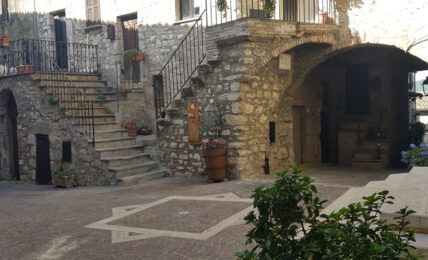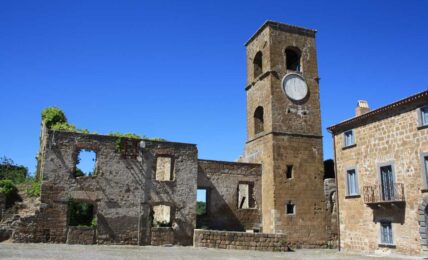Apre l’isola Bisentina: scrigno di arte e natura nel cuore del lago di Bolsena
Dal 2 luglio all'8 ottobre l'occasione è imperdibile: l'isola Bisentina, rimasta chiusa per quasi 20 anni, torna a mostrare il suo scrigno segreto di bellezza per trasformarlo in cuore pulsante di arte antica e contemporanea.






